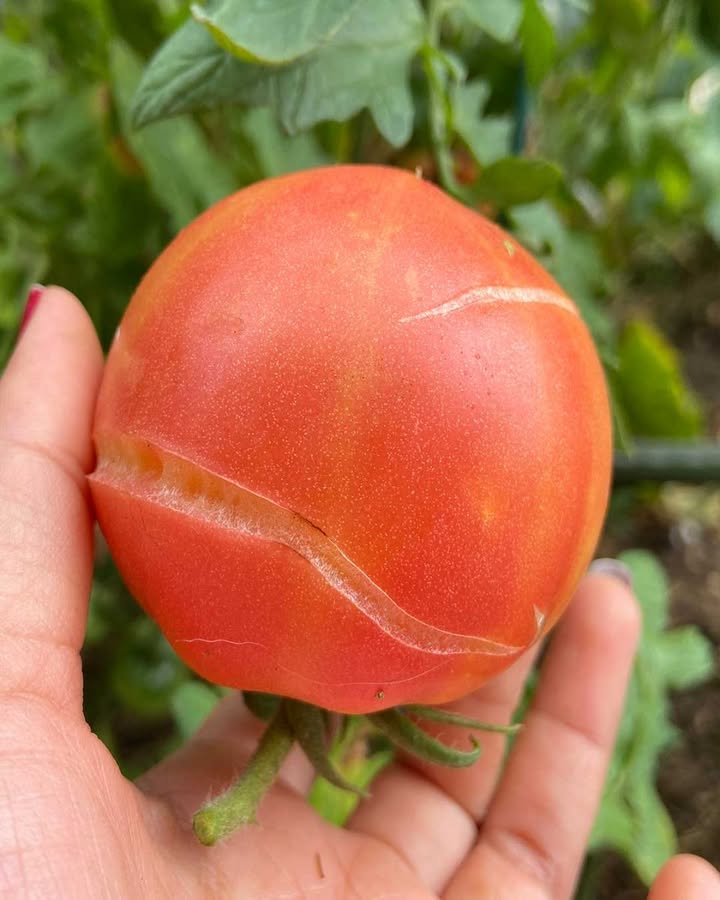ADVERTISEMENT
Causes of Tomato Splitting
Tomato splitting is primarily caused by fluctuations in water availability. When tomatoes receive an uneven supply of water, the fruit expands rapidly, causing the skin to crack. This can happen after heavy rainfall following a dry spell or due to inconsistent watering practices. The skin of the tomato simply cannot stretch quickly enough to accommodate the sudden influx of water into the fruit, resulting in splits.
Environmental Factors
Environmental conditions play a significant role in tomato splitting. Inconsistent rainfall, particularly during the growing season, can lead to sudden water uptake by the plants. Additionally, high humidity levels coupled with intense sunlight can exacerbate the issue, as the fruit’s growth rate outpaces the skin’s ability to stretch. Understanding your local climate and weather patterns is crucial in managing this problem effectively.
Varietal Susceptibility
Some tomato varieties are more prone to splitting than others. Heirloom varieties, while cherished for their unique flavors and appearances, often have thinner skins that are more susceptible to cracking. In contrast, certain modern hybrid tomatoes have been bred for thicker skins, making them more resistant to splitting. When choosing tomato varieties for your garden, consider those that are specifically bred for your area’s climate and are resistant to cracking.
Nutritional Imbalances
Beyond water and environmental factors, nutritional imbalances can also contribute to splitting. A lack of calcium, for instance, can weaken the fruit’s skin, making it more prone to cracking. Ensuring a balanced supply of nutrients, particularly calcium, is vital for producing healthy, resilient tomatoes. Regular soil tests can help you determine if your plants are receiving the appropriate nutrients.
ADVERTISEMENT


